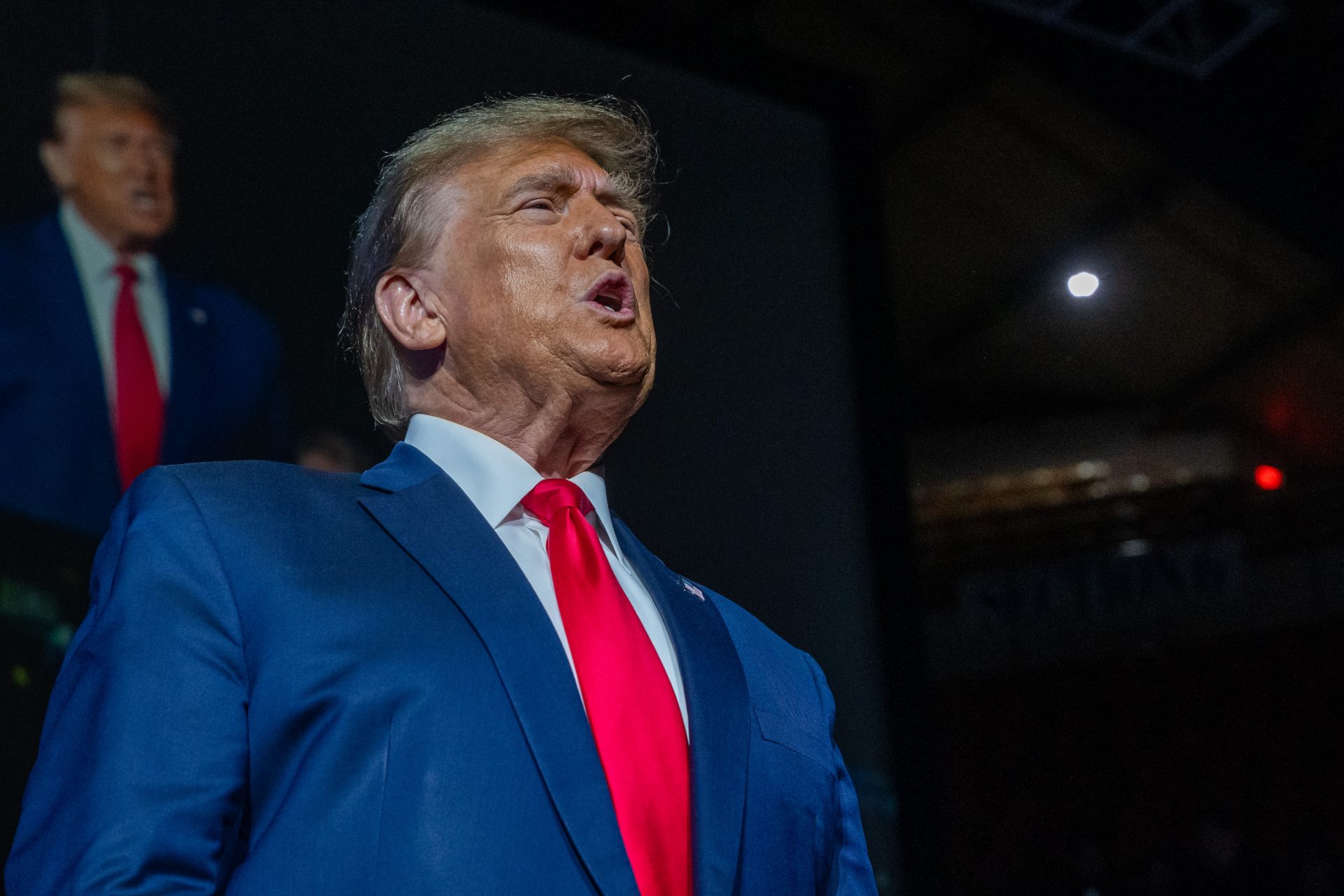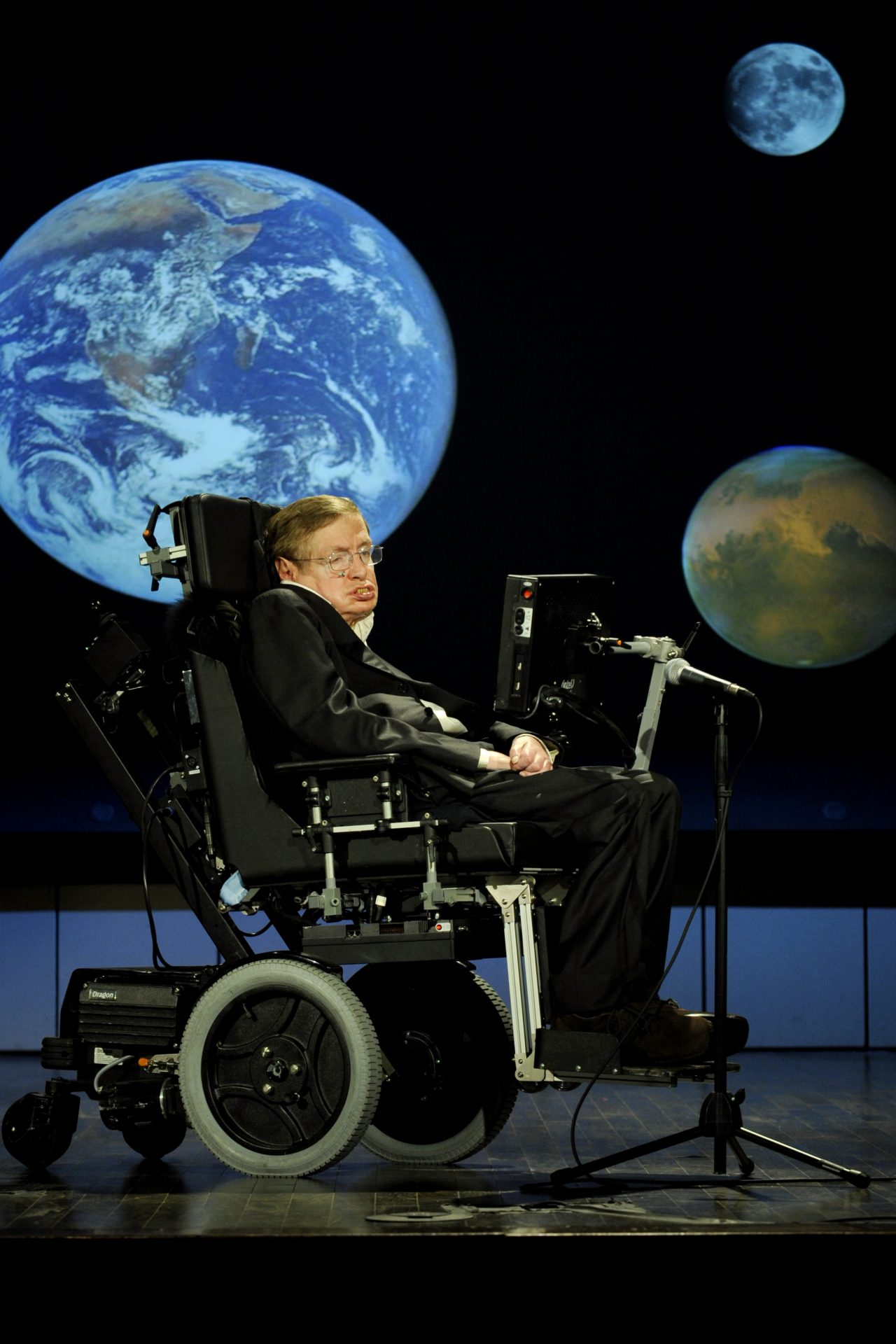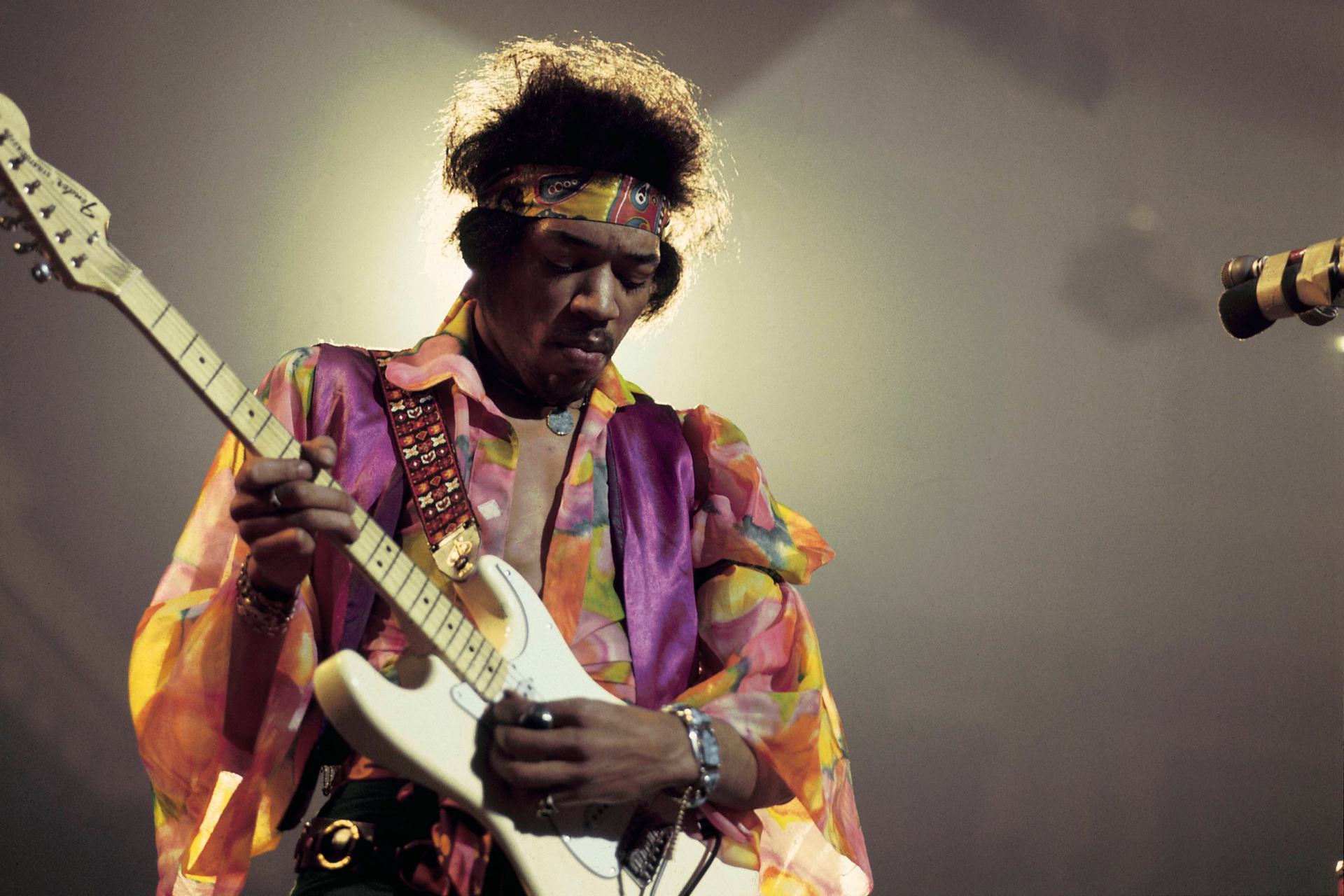Can scientists bring dinosaurs back to life?
Using recovered DNA to "genetically resurrect" an extinct species, the central idea behind the Jurassic Park films, may be moving closer to reality.
Image: Stephen Leonardi/Unsplash
In 2020 Mary Schweitzer, a professor and specialist in molecular palaeontology, published a report that laid out, not only evidence for dinosaur cells and nuclei in fossils, but results from chemical tests that pointed to DNA, or something like it, coiled up inside.
Image: Patel Polivka/Unsplash
The idea of recovering biological material from dinosaur fossils is controversial and profound. Schweitzer doesn’t claim to have found dinosaur DNA (the evidence is too weak to be sure), but she says scientists should not dismiss the possibility that it could persist in prehistoric remains.
“I don’t think we should ever rule out getting dinosaur DNA from dinosaur fossils”, Schweitzer said to The Guardian. “We’re not there yet, and maybe we won’t find it, but I guarantee we won’t if we don’t continue to look.”
Image: Lucas George Wendt/Unsplash
In 2021, Harvard University genetics professor George Church, known for his pioneering work in genome sequencing and gene splicing, created Colossal, a company that wants to fight climate change by “resurrecting” extinct species.
Church and others believe that resurrecting the mammoth would help the ecosystem. Mammoths once scraped away layers of snow so that cold air could reach the soil and maintain the permafrost. After they disappeared, the accumulated snow meant the permafrost began to warm, releasing greenhouse gases.
Colossal is trying to create a hybrid using a gene-editing tool known as CRISPR-Cas9 to splice bits of DNA recovered from frozen mammoth specimens into that of an Asian elephant, the mammoth's closest living relative.
The resulting animal, known as a "mammophant", would look, and presumably behave, much like a woolly mammoth.
Besides maintaining the permafrost, woolly mammoths could help to restore the degraded habitat by knocking down trees, fertilising the soil with their dung, and encouraging grasslands to regrow, according to Colossal. If all goes to plan, the first calves could be born within six years.
Colossal’s project highlights one of the greatest misunderstandings about de-extinction programmes. For all the talk of bringing species back, these will not be copies of extinct animals. Colossal’s woolly mammoth, as Church admits, will be an elephant modified to survive the cold.
American palaeontologist, Jack Horner, wants to take a living relative of the dinosaur, the chicken, and rewrite its genome to make birds with dinosaur-like features.
Image: Mehmet Turgut Kirkgoz/Unsplash
By tinkering with bird genomes, researchers have recreated dinosaur-like teeth, tails and hands, similar to those on the velociraptor. Keep going and you end up with a “chickenosaurus”.
Image: Deb Dowd/Unsplash
The oldest DNA yet recovered is from the tooth of a million-year-old mammoth preserved in the eastern Siberian permafrost. Older DNA may well be found, but will scientists be able to read the code and understand how it shaped the prehistoric creatures?
Image: Adam Mathieu/Unsplash
A sustainable population might call for 500 or so animals. “Where are we going to put them? And which species are you going to drive to extinction so that dinosaurs have a place again on this planet?, asks Schweitzer.
Image: Christopher Stark/Unsplash
“We might be able to put one in a zoo for people to spend zillions of dollars to come and look at, but is that fair to the animal?”, Schweitzer adds.
Instead of trying to recreate dinosaurs, Schweitzer simply wants to understand them better. How did they cope with carbon dioxide levels more than twice as high as today? And how did they maintain their enormous body sizes?
Image: Vaibhav Pixels/Unsplash
The California-based non-profit Revive and Restore aims to help revive more than 40 species through biotechnology. So far, it has cloned a black-footed ferret, created from cells frozen in the 1980s, in the hopes of bringing genetic diversity to wild colonies of ferrets that are threatened by inbreeding.
Image: Steve Tsang/Unsplash
The organization intends to bring back two extinct bird species, the heath hen and the passenger pigeon, as soon as the 2030s. After holding on for decades in Martha’s Vineyard, the heath hen eventually died out in 1932.
Under the de-extinction plan, scientists will create a replacement bird by editing the DNA of the closely related prairie chicken to carry heath hen genes. The passenger pigeon project takes a similar approach, using the band-tailed pigeon as the genetic template.
Ben Novak, the lead scientist at Revive and Restore, says they are not recreating species “to satisfy human philosophy”, rather they’re doing it for conservation purposes.
Image: Jeremy Bezanger/Unsplash
While extinction is normal in ecosystem evolution, human activity is driving species to the brink faster than most can adapt. Novak says preventing all extinctions is a “good goal” but the reality, he adds, is that the world’s governments have not prioritised conservation over exploitation.
Once native to Mauritius (East Africa), the large, flightless bird died out in the 17th century after humans settled on the island. On top of the widespread destruction of its habitat, the dodo was further threatened by pigs, cats and monkeys that sailors brought with them.
A team led by Beth Shapiro, a professor of ecology and evolutionary biology at the University of California, Santa Cruz, has sequenced the dodo genome from a museum specimen in Copenhagen.
Image: Bruno Martins/Unsplash
In theory, a dodo-like bird could be created by editing the Nicobar pigeon genome to contain dodo DNA, but, as with all de-extinction projects, creating the animal is not enough: there has to be a habitat for it to thrive in, or the exercise becomes pointless, says Shapiro.
Image: Xavier Coiffic/Unsplash
“I think it’s crucial that, as we prioritise species and ecosystems for protection, we do so while considering what our planet will be like 50 or 100 years from now, rather than imagining that we can somehow turn back the clock and re-establish ecosystems of the past,” Shapiro says.
While we may get to see hybrids of dodos and woolly mammoths walking this planet, it’s a lot less likely that we’ll see dinosaurs. Nevertheless, “A scientist should never say never”, said Schweitzer to The Guardian.
Image: Ellicia/Unsplash
More for you
Top Stories






































